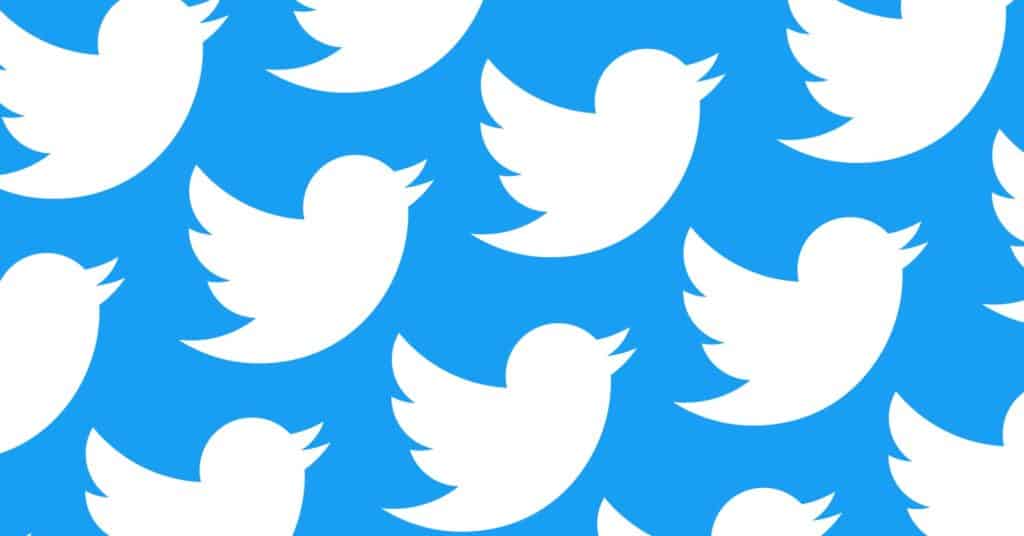Twitter is looking into racially biased auto-crop feature
A number of users noticed a not-so-unusual bias in the neural network Twitter users for its auto-cropping feature
- Last Updated Sep 21, 2020

Twitter is looking into why its photo preview feature seems to favor predominantly white – or lighter – faces over Black, or darker, faces.
The issue was highlighted by a user who first discovered that Zoom’s facial recognition feature failed to recognize his Black colleagues face. After posting to Twitter, he realized the platform had the same issue.
A faculty member has been asking how to stop Zoom from removing his head when he uses a virtual background. We suggested the usual plain background, good lighting etc, but it didn't work. I was in a meeting with him today when I realized why it was happening.
— Colin Madland (@colinmadland) September 19, 2020
Following this, users began conducting non-scientific experiments, tweeting photos including both Black and white people in different positions to see which face the algorithm would favor.
Some such experiments showed that the neural network used by Twitter for this purpose frequently favorited white faces, even when an image included two or three of the same Black person and one white person.
hmm pic.twitter.com/aXw79dk01Q
— rat_champ (@rat_champ) September 20, 2020
Others showed that background color and attire (like tie color) didn’t make a difference by swapping them around.
I wonder how it is that you've said this without testing it? pic.twitter.com/rro1vn8Mh8
— Graham Christensen (@grhmc) September 19, 2020
One experiment showed that the same issue was apparent even with images of cartoons.
I wonder if Twitter does this to fictional characters too.
Lenny Carl pic.twitter.com/fmJMWkkYEf
— Jordan Simonovski (@_jsimonovski) September 20, 2020
A few Twitter officials have responded to the unofficial experiments. Liz Kelley, part of Twitter’s communications team, tweeted on Sunday thanking everyone who raised the issue and stating that, although initial tests revealed the neural network did not contain biases, there is clearly more analysis to be done.
thanks to everyone who raised this. we tested for bias before shipping the model and didn't find evidence of racial or gender bias in our testing, but it’s clear that we’ve got more analysis to do. we'll open source our work so others can review and replicate. https://t.co/E6sZV3xboH
— liz kelley (@lizkelley) September 20, 2020
Parag Agrawal, Twitter’s Cheif Technical Operator, also tweeted saying that their model needs “continuous improvement.”
This is a very important question. To address it, we did analysis on our model when we shipped it, but needs continuous improvement.
Love this public, open, and rigorous test — and eager to learn from this. https://t.co/E8Y71qSLXa
— Parag Agrawal (@paraga) September 20, 2020
The neural network Twitter uses for its facial recognition feature for auto-cropping has long been a mystery. Twitter’s auto-cropping tool is designed to show the most “salient” feature of the image – or they part your eyes are most drawn to. But it’s hard to know what exactly this means.
And the thing is, racially-biased algorithms are nothing new (unfortunately). An article by Wired last year showed that “even top-performing facial recognition systems misidentify Black [people] at rates five to 10 times higher than they do white [people].” Technology doesn’t exist in a vacuum and, as Alyse Stanley, writing for Gizmodo, puts it: an algorithm doesn’t need to be intentionally racist in order to actually be racist.
The next step will be for Twitter to vigorously reassess its auto-crop feature and then continue to do so periodically to make sure its systems are as partial as possible.
